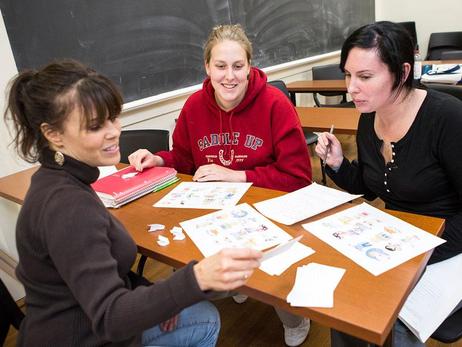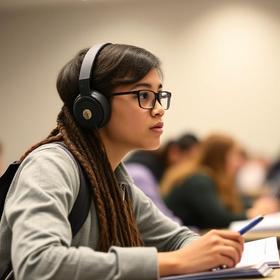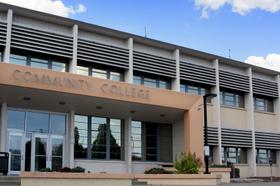Community college has traditionally been seen as an affordable option to the four-year college or university, but rising tuition rates at community colleges across the country have made some prospective students fear that even these institutions are becoming too expensive. The good news is that there are many options for financing a college education, from work-study programs to Pell grants. Take a look at these 10 tips for making a community college degree a more affordable option once again.
Scholarships
Many students heading to community college do not realize that scholarships may be available. This type of financial aid is one of the most desirable because it does not have to be paid back once the degree is earned. Typically, scholarships are tied to specific skills or achievements, such as academics or sports. They are also available for particular areas of study, especially in fields in need of highly trained workers. Scholarships are also offered based on financial need, race or other factors attributed to the underserved student population.
According to FinAid, many free databases are available to direct students to specific scholarships for which they might qualify. In some cases, students complete a profile, and the directory will match the students to specific scholarships that complement their skill set or interests. Students are then notified which scholarships met their specifications so that they can pursue those opportunities.
Grants
Pell grants are equally attractive to scholarships because they do





















